Nanofluid in Microchannel Heat Sink CFD: A Fluent Single-Phase Tutorial
Nanofluid in Microchannel Heat Sink CFD: A Fluent Single-Phase Tutorial
- Upon ordering this product, you will be provided with a geometry file, a mesh file, and an in-depth Training Video that offers a step-by-step training on the simulation process.
- For any more inquiries regarding the product, please do not hesitate to reach out to us at info@CFDLAND.com or through our online support assistant.
€160 Original price was: €160.€95Current price is: €95.
Modern electronics are getting smaller and more powerful, but they also produce a lot of heat. Getting rid of this heat is one of the biggest challenges in engineering today. Microchannel heat sinks, which are tiny channels carved into a silicon wafer, are a great solution because they have a huge surface area in a small space. To make them even better, scientists have developed nanofluids. A nanofluid CFD simulation is the best way to study these. In a single-phase approach, we treat the nanofluid as a uniform liquid but give it special, enhanced properties because of the tiny nanoparticles mixed inside. This report shows a detailed Nanofluid (Single-phase) in Microchannel Heat Sink CFD simulation to prove how effective this technology is for high-performance cooling, guided by the methods in the reference paper [1].
- Reference [1]: Yang, Yue-Tzu, et al. “Numerical study of microchannel heat sink performance using nanofluids.” International Communications in Heat and Mass Transfer57 (2014): 27-35.
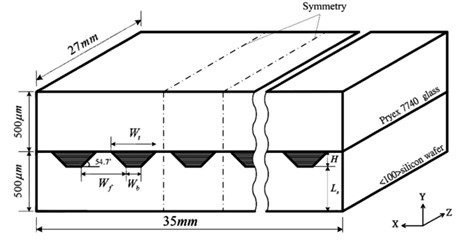
Figure 1: The schematic diagram of the geometry used in this Nanofluid Microchannel CFD study [1].
Simulation Process: Modeling the Nanofluid Microchannel Fluent Simulation
The simulation process began with building a 3D model of a single, symmetric section of the microchannel design from the reference paper. This approach saves significant computational time while still capturing all the important physics. Using ANSYS Meshing, a very high-quality structured grid was generated, as shown in Figure 2. This type of mesh, with its orderly, brick-like cells, is ideal for accurately calculating flow and heat transfer in simple, straight channels.
Inside the Nanofluid Microchannel fluent setup, the single-phase model was used. The key to this simulation was defining the material properties correctly. The thermal properties of the nanofluid (like its higher thermal conductivity) were calculated and entered as custom values. Similarly, the solid material of the heat sink was defined as silicon, with its thermal conductivity set as a polynomial function of temperature, making the simulation very realistic. A constant heat flux of 26800 W/m² was applied to the bottom of the heat sink, simulating the heat generated by an electronic chip.
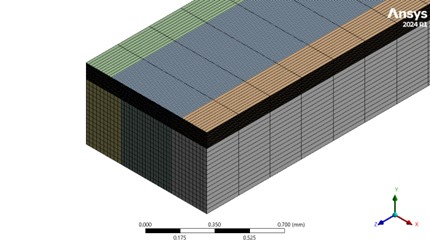
Figure 2: The structured mesh generated for the Nanofluid (Single-phase) in Microchannel Heat Sink CFD Simulation.
Post-processing: CFD Analysis of Thermal Performance and Heat Removal
The simulation results provide a clear and fully substantiated story of the heat removal process. The temperature contour in Figure 3 visually maps the path of thermal energy. Heat enters from the bottom, where the 26800 W/m² flux is applied, causing the solid silicon to reach its highest temperatures. This heat then conducts through the silicon walls of the microchannel. As the cooler nanofluid flows through the channel, it comes into contact with these hot walls, and heat is transferred from the solid to the fluid through convection. This is proven by the gradual increase in the fluid’s temperature as it travels from the inlet (293.15 K) to the outlet (293.35 K). The fluid is successfully absorbing heat and carrying it away, which is the primary function of the Nanofluid Heat sink cfd model.
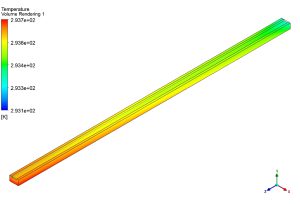
Figure 3: Temperature field from the Nanofluid (Single-phase) in Microchannel Heat Sink Fluent simulation, showing heat transfer from the solid silicon to the fluid.
The true engineering value is revealed when we analyze why this process is so effective. A standard fluid like water would also carry heat away, but the nanofluid does it much better. The tiny nanoparticles suspended in the base fluid give the nanofluid a significantly higher thermal conductivity. This enhanced property allows the fluid to “pull” heat from the silicon walls much more aggressively and efficiently. The ultimate proof of this superior performance is the calculated thermal resistance of 0.011698 K/W. This extremely low value is a direct measure of the heat sink’s efficiency. It means the system can remove a large amount of heat with only a very small temperature rise, keeping the entire component cool and preventing dangerous hot spots. The most significant achievement of this study is the quantitative demonstration that engineering the fluid’s properties at the nanoscale directly leads to a lower thermal resistance and more uniform temperature distribution—the absolute key to safe and reliable high-performance electronics cooling.
We pride ourselves on presenting unique products at CFDLAND. We stand out for our scientific rigor and validity. Our products are not based on guesswork or theoretical assumptions like many others. Instead, most of our products are validated using experimental or numerical data from valued scientific journals. Even if direct validation isn’t possible, we build our models and assumptions on the latest research, typically using reference articles to approximate reality.
Yes, we’ll be here . If you have trouble loading files, having technical problems, or have any questions about how to use our products, our technical support team is here to help.
You can load geometry and mesh files, as well as case and data files, using any version of ANSYS Fluent.
€130 Original price was: €130.€85Current price is: €85.

€190 Original price was: €190.€125Current price is: €125.

€360 Original price was: €360.€185Current price is: €185.

€200 Original price was: €200.€115Current price is: €115.

€185 Original price was: €185.€135Current price is: €135.

€245 Original price was: €245.€199Current price is: €199.



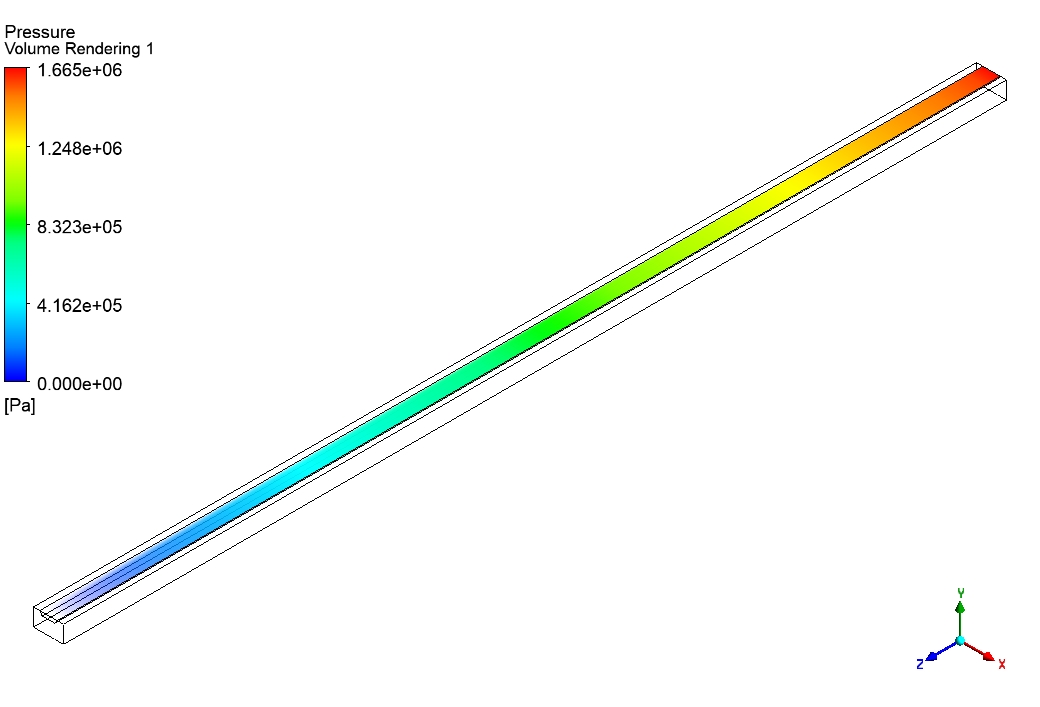
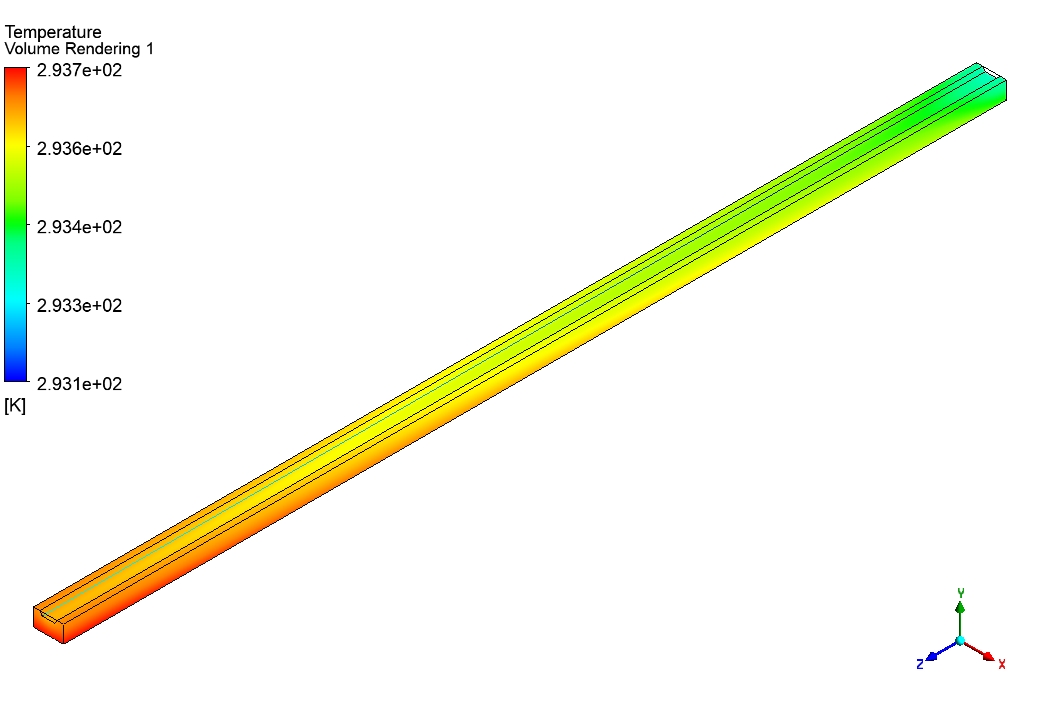
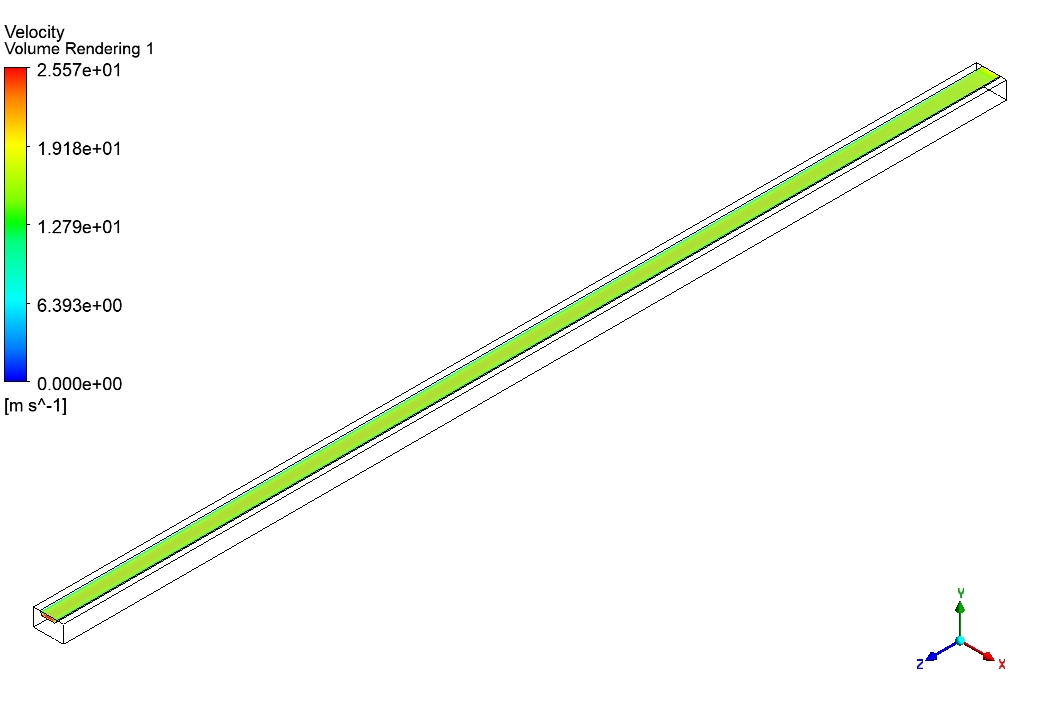





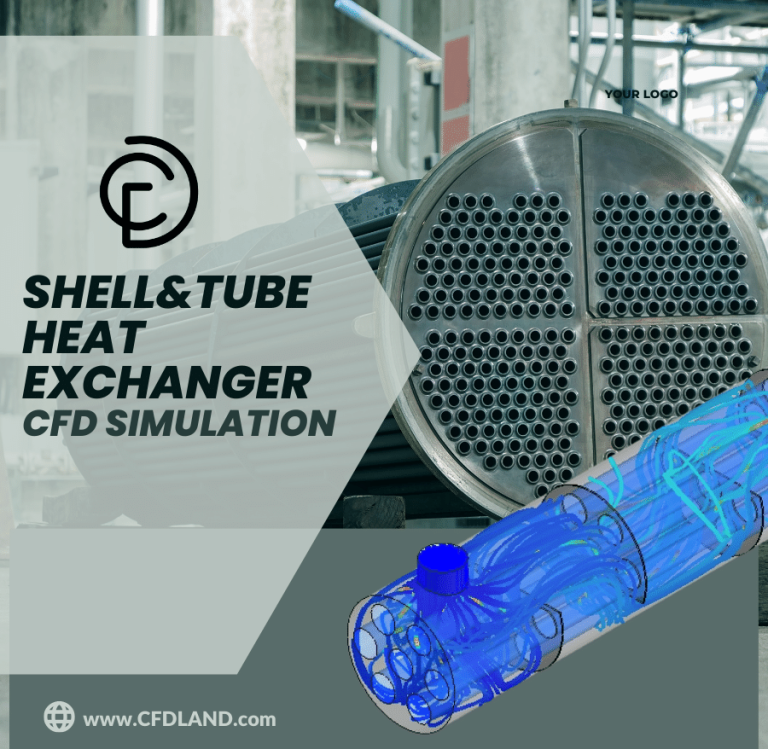
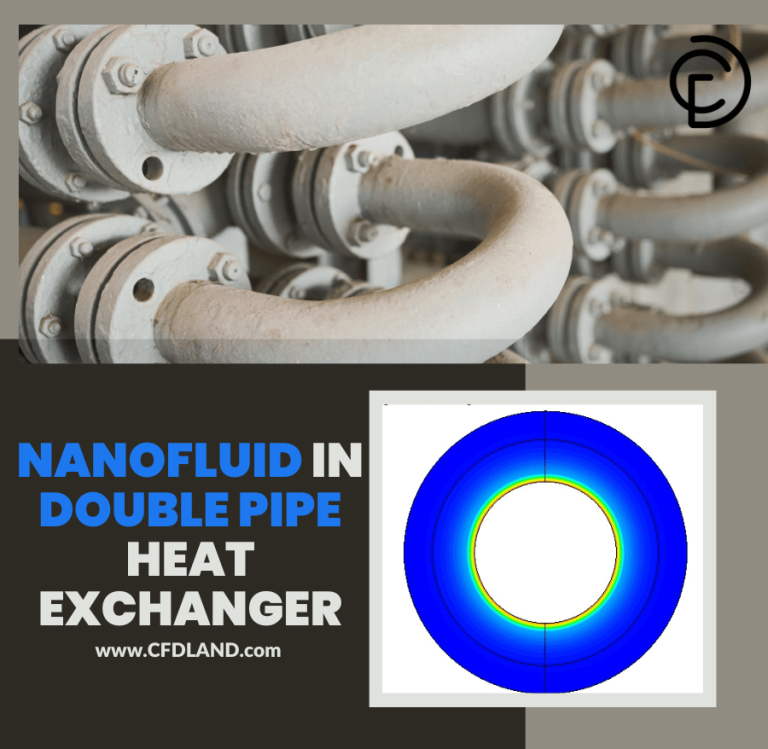
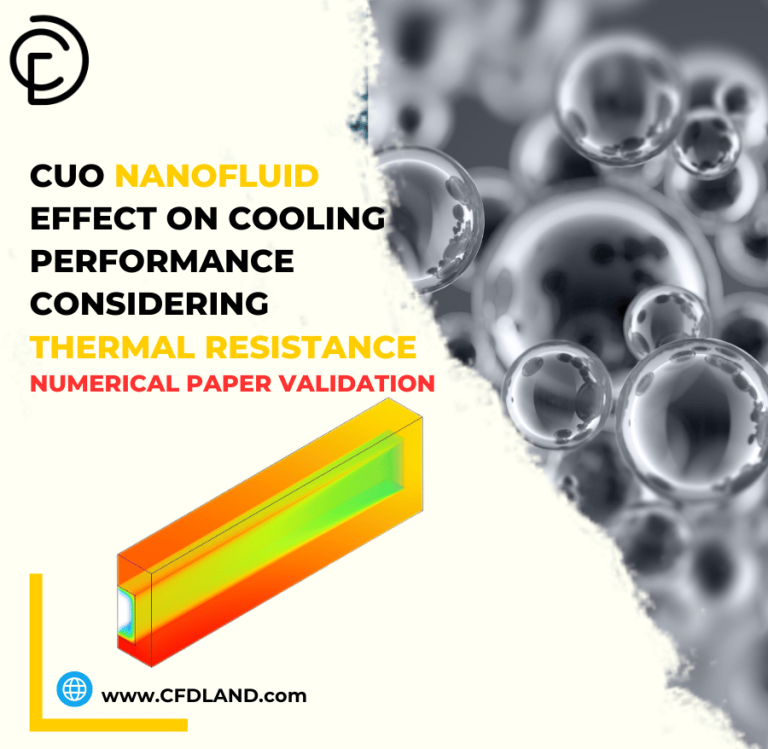

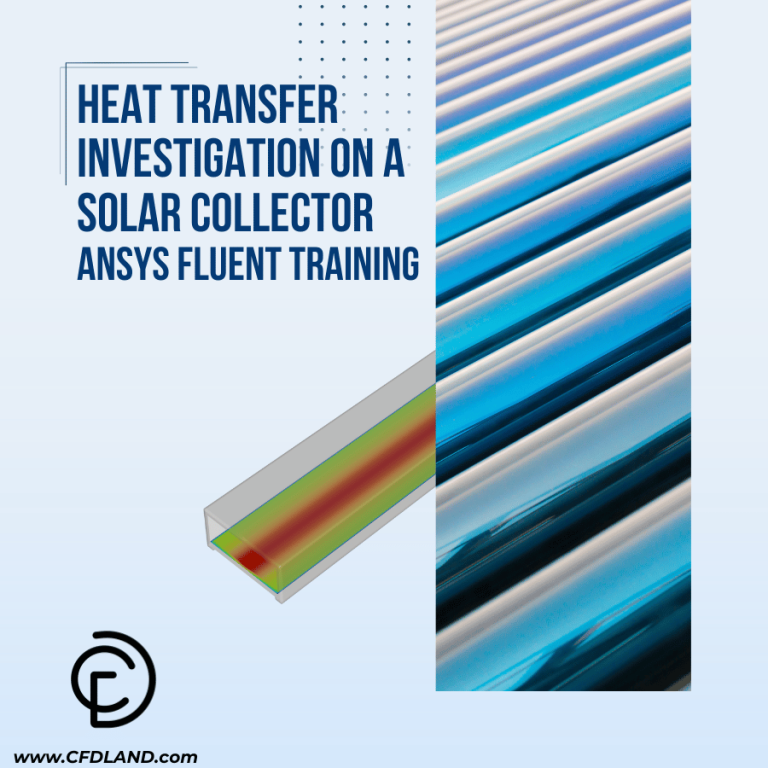
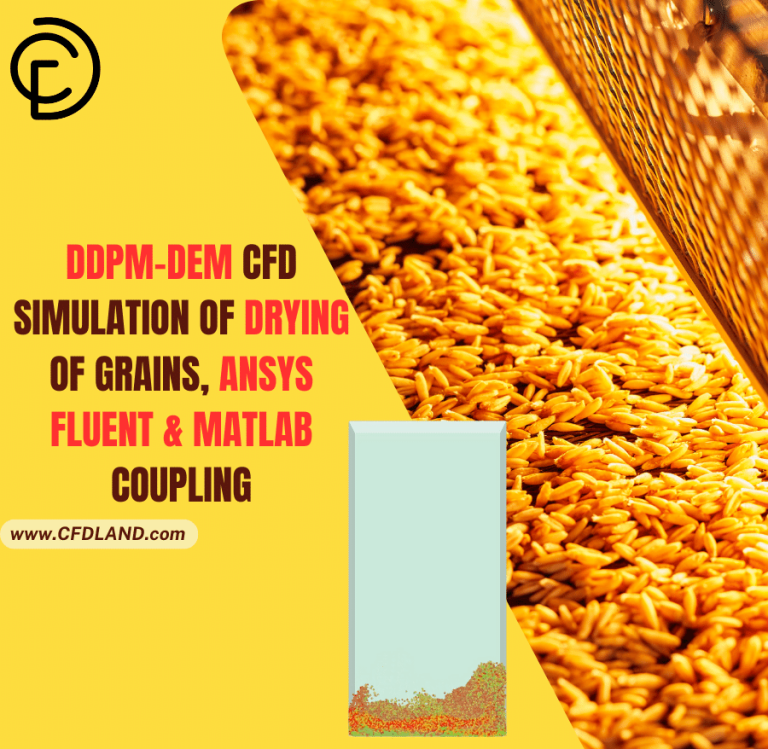
Reviews
There are no reviews yet.